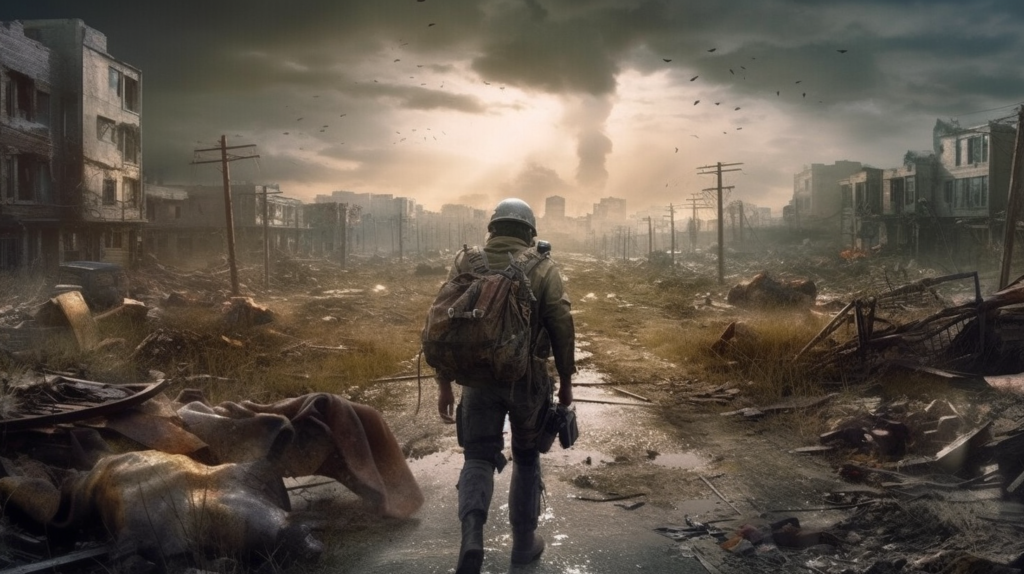
Exploring Survival Strategies in Post-Apocalyptic Worlds: A Literary Journey
Welcome to “Surviving the Apocalypse: Mastering Techniques from Fiction,” a captivating exploration into the world of post-apocalyptic survival as depicted in literature. In these narratives, the end of the world is not just a backdrop but a crucible that tests the limits of human ingenuity, resilience, and the will to survive. From desolate landscapes ravaged by catastrophe to societies teetering on the brink of collapse, these stories offer more than just thrilling escapades; they provide a window into the human psyche and our instinctual drive to persevere against all odds. Join us as we delve into the myriad survival techniques that characters employ to navigate these harrowing new worlds, examining not only their practicality but also the deeper themes of hope, community, and the enduring human spirit in the face of the ultimate adversity.
Unveiling Diverse Survival Strategies in Post-Apocalyptic Fiction
Resource Gathering:
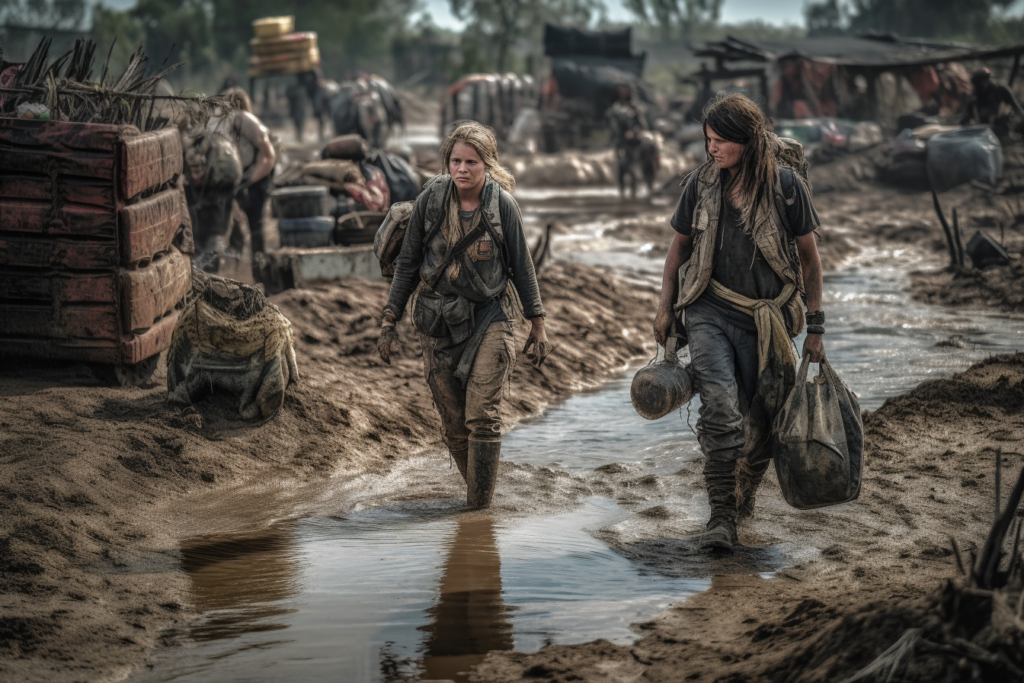
In the realm of post-apocalyptic fiction, resource gathering is not just a survival tactic; it’s an art form. Characters often navigate through barren landscapes, scavenging for food, water, and supplies amidst the ruins of civilization. This category delves into the ingenious methods used to locate and conserve resources, a skill that resonates deeply with survival enthusiasts and practical readers alike. For instance, in “The Road” by Cormac McCarthy, the protagonists’ relentless search for food and shelter in a desolate world illustrates the extreme measures needed for survival. Similarly, “World War Z” by Max Brooks showcases global efforts in resource management during a zombie apocalypse, reflecting a larger scale of resource gathering and allocation. These narratives not only highlight the physical aspects of survival but also underscore the strategic thinking and adaptability required to manage scarce resources effectively in post-apocalyptic scenarios.
Shelter Building:
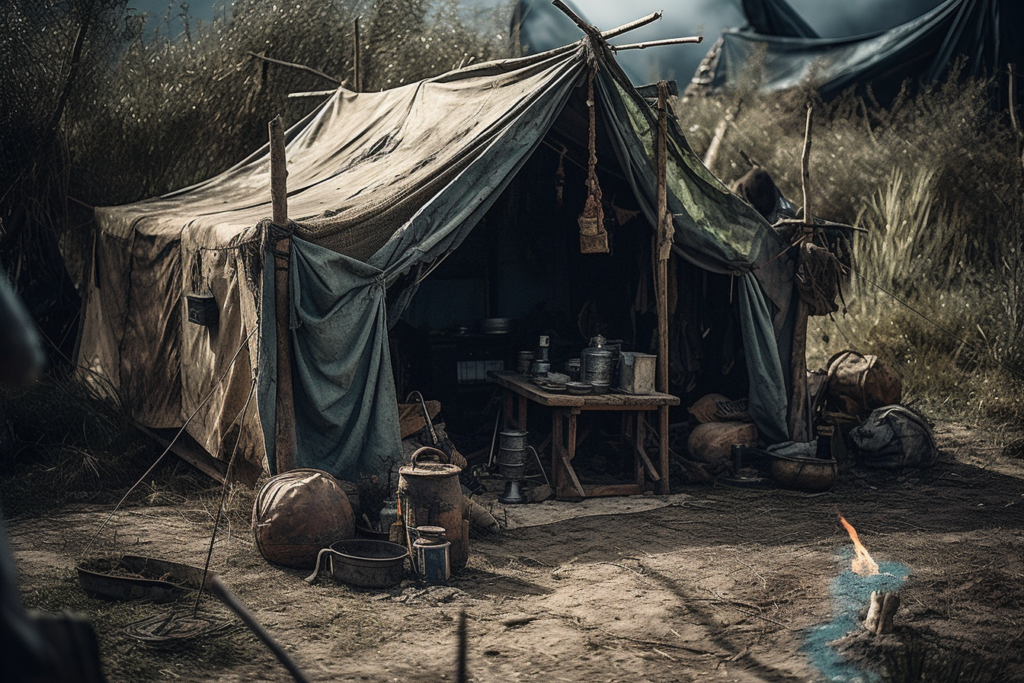
In post-apocalyptic literature, shelter building goes beyond mere construction; it becomes a symbol of resilience and a beacon of hope. This section explores the diverse and creative ways characters create safe havens in the midst of chaos. From the makeshift refuges in “The Walking Dead” series, where survivors transform existing structures into fortified sanctuaries, to the more sophisticated and planned habitats in “Alas, Babylon” by Pat Frank, where survivors rebuild a semblance of society. These examples resonate with readers who are intrigued by practical survival skills and those who appreciate the deeper metaphorical significance of shelter as a place of safety and normalcy. The ingenuity displayed in constructing these shelters, often with limited resources and under constant threat, not only highlights the characters’ resourcefulness but also serves as a powerful narrative tool to examine the human need for security and community in the face of adversity.
Community Forming:
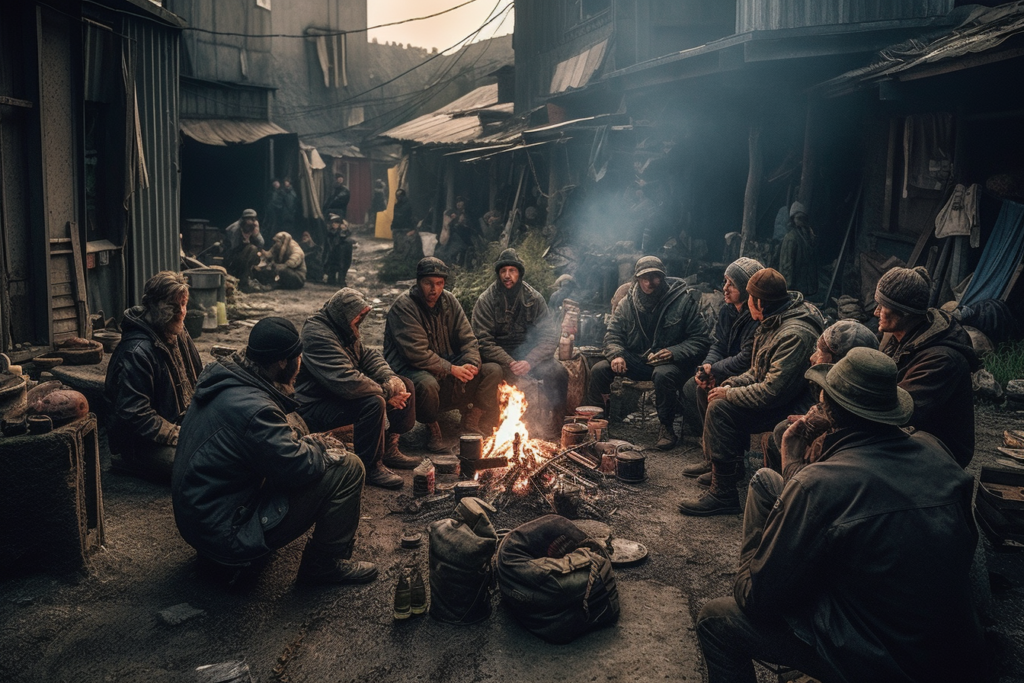
In the stark landscapes of post-apocalyptic fiction, community forming is not just about survival; it’s about rekindling the essence of humanity. This section delves into how characters, stripped of societal norms, come together to forge new communities. In novels like “Station Eleven” by Emily St. John Mandel, we see the emergence of groups that not only strive to survive but also preserve culture, art, and the very human need for connection. Similarly, “The Stand” by Stephen King portrays the formation of communities based on shared values and goals in the aftermath of a catastrophic plague. These narratives resonate deeply with readers interested in the social and psychological aspects of survival, as well as those fascinated by the dynamics of group behavior and leadership in extreme situations. The formation of these communities highlights the innate human drive for social bonds and cooperation, offering a hopeful perspective on the potential for societal rebirth and resilience.
Skill Adaptation and Learning:
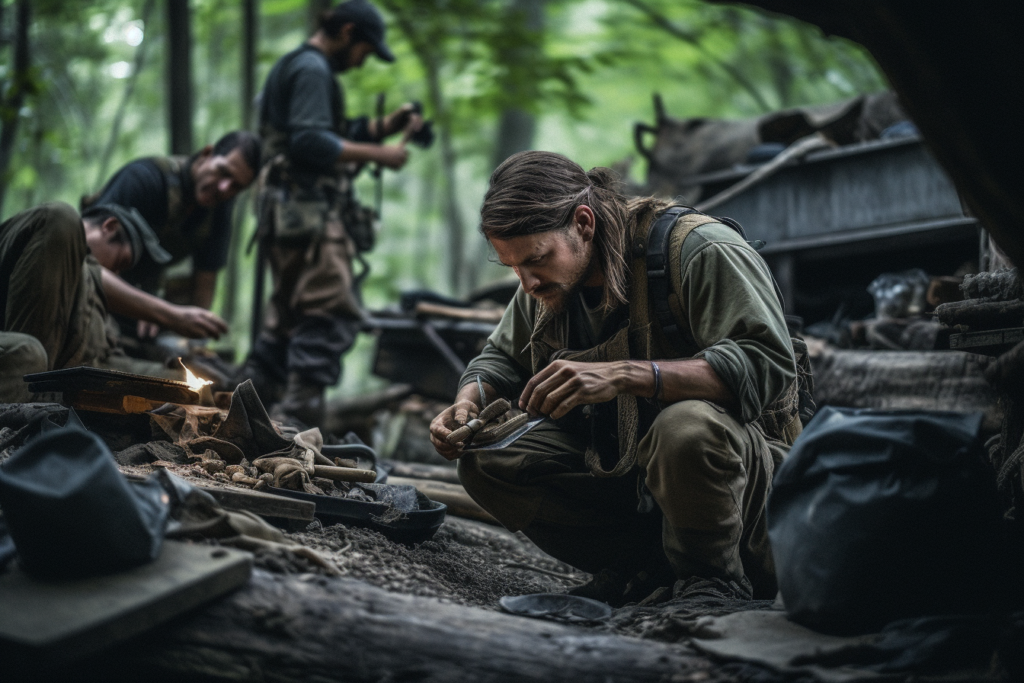
In the unforgiving settings of post-apocalyptic fiction, the ability to adapt and learn new skills is crucial for survival. This section examines how characters evolve their abilities to meet the challenges of a radically changed world. For example, in “A Boy and His Dog” by Harlan Ellison, the protagonist’s skill in navigating a dystopian landscape showcases the necessity of adaptability and quick learning. Similarly, in “The Hunger Games” series by Suzanne Collins, Katniss Everdeen’s archery and foraging skills, honed before the apocalypse, become vital for her survival in the new world order. These stories resonate with readers who appreciate the practical aspects of survival skills, as well as those interested in the psychological growth that comes from mastering new abilities under pressure. This theme also appeals to aspiring writers and creatives, illustrating how skill adaptation can drive character development and plot progression in storytelling.
Psychological Resilience and Mental Health Management:

In post-apocalyptic settings, where physical survival is paramount, the mental and emotional resilience of characters often becomes a central theme. This section explores how characters manage their mental health amidst the chaos and trauma of their new reality. In “The Dog Stars” by Peter Heller, the protagonist’s journey is not just about physical survival but also coping with loneliness and grief, highlighting the importance of mental fortitude. Octavia Butler’s “Parable of the Sower” delves into the psychological impact of societal collapse on individuals, emphasizing adaptability and the power of hope. These narratives resonate with readers who are interested in the deeper, often overlooked aspect of survival – the psychological endurance required to navigate a world turned upside down. They appeal to literature students and academics for their exploration of character psychology, and to general readers for their insights into the human capacity to endure and overcome extreme mental challenges.
| Category | Description |
| Resource Gathering | Essential for basic survival, this involves characters finding, collecting, and utilizing scarce resources in desolate environments. It’s a fundamental aspect of survival in post-apocalyptic settings. |
| Shelter Building | Examining the innovative ways characters create shelters for protection and safety, often using repurposed materials and adapting to new environments. |
| Community Forming | Beyond individual survival, this delves into how characters establish new communities, social norms, and forms of governance in the aftermath of apocalypse. |
| Skill Adaptation and Learning | Post-apocalyptic worlds often require characters to learn new skills rapidly or adapt existing ones to new challenges. This explores how characters evolve their skillsets to cope with drastically changed environments. |
| Psychological Resilience and Mental Health Management | In the face of extreme stress and trauma, maintaining mental health becomes a crucial survival technique. This investigates how characters deal with psychological challenges, including coping mechanisms, maintaining hope and morale, and the importance of mental resilience in survival scenarios. |
For a deeper dive into real-world post-apocalyptic survival tips, check out Survive the Aftermath: Post Apocalyptic Tips.
“Analysis of Realism and Practicality” in a Post-Apocalyptic Setting:
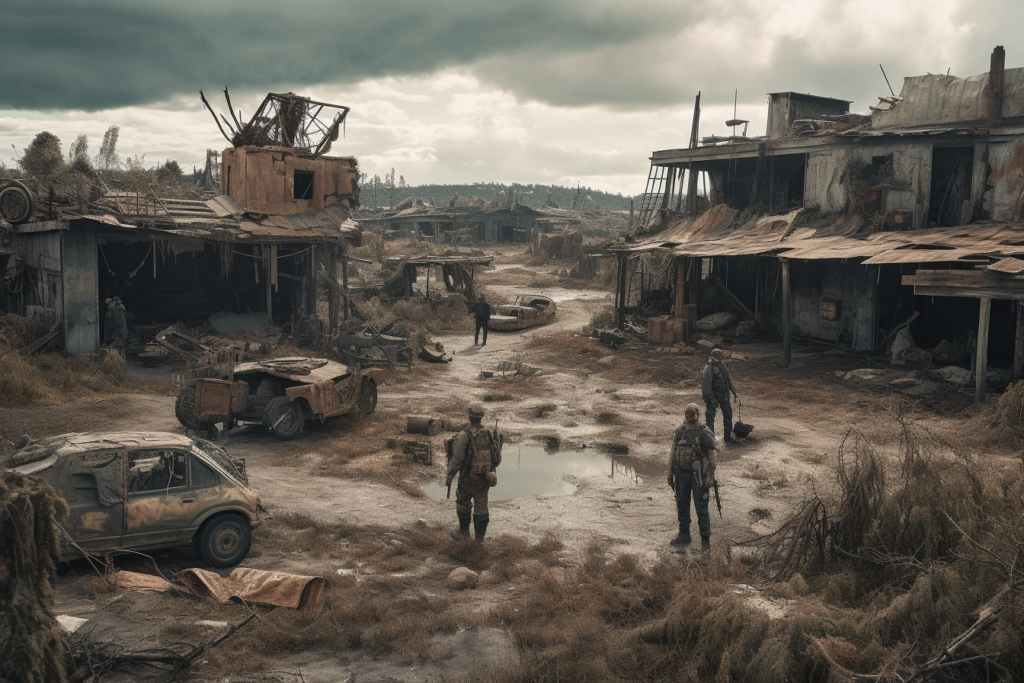
In dissecting the survival techniques depicted in post-apocalyptic fiction, a key focus is on their realism and practicality. This analysis bridges the gap between imaginative storytelling and real-world survival skills. For instance, the resource scavenging and community-building strategies in “The Road” by Cormac McCarthy are evaluated for their feasibility in an actual survival scenario. Similarly, the agricultural practices and societal restructuring in “Earth Abides” by George R. Stewart are scrutinized for their practicality in a world recovering from a devastating pandemic.
This section not only appeals to survivalism enthusiasts keen on understanding the applicability of these fictional strategies but also engages literature fans and academics in a discussion about the plausibility of these scenarios. It challenges readers to consider how they might react in similar situations, adding a layer of personal reflection to the reading experience.
Moreover, this analysis provides aspiring writers and creatives with insights into how to balance fictional narrative with realistic survival elements, ensuring their stories are both compelling and believable. The exploration of realism in these novels also serves as a thought-provoking element for book club discussions, where members can debate the likelihood and effectiveness of the survival strategies employed by characters in these post-apocalyptic worlds.
Discussion of Character Adaptation and Resilience:

In post-apocalyptic fiction, character adaptation and resilience are often as crucial as the physical aspects of survival. This section delves into how characters evolve and demonstrate remarkable fortitude in the face of dire circumstances. In “The Passage” by Justin Cronin, characters not only adapt to a new, perilous world overrun by vampiric creatures but also demonstrate emotional resilience in maintaining hope and fighting for a better future. Similarly, “The Maze Runner” series by James Dashner showcases young characters adapting to a constantly changing, hostile environment, highlighting their mental agility and resilience.
These examples resonate with a wide range of readers, from those fascinated by the psychological aspects of survival to literature students analyzing character development under extreme stress. They provide a rich ground for exploring how adversity shapes individuals, offering insights into the human capacity for adaptation and the indomitable spirit of resilience in the face of overwhelming odds.
Key Takeaways: Survivalist Insights from Post-Apocalyptic Fiction
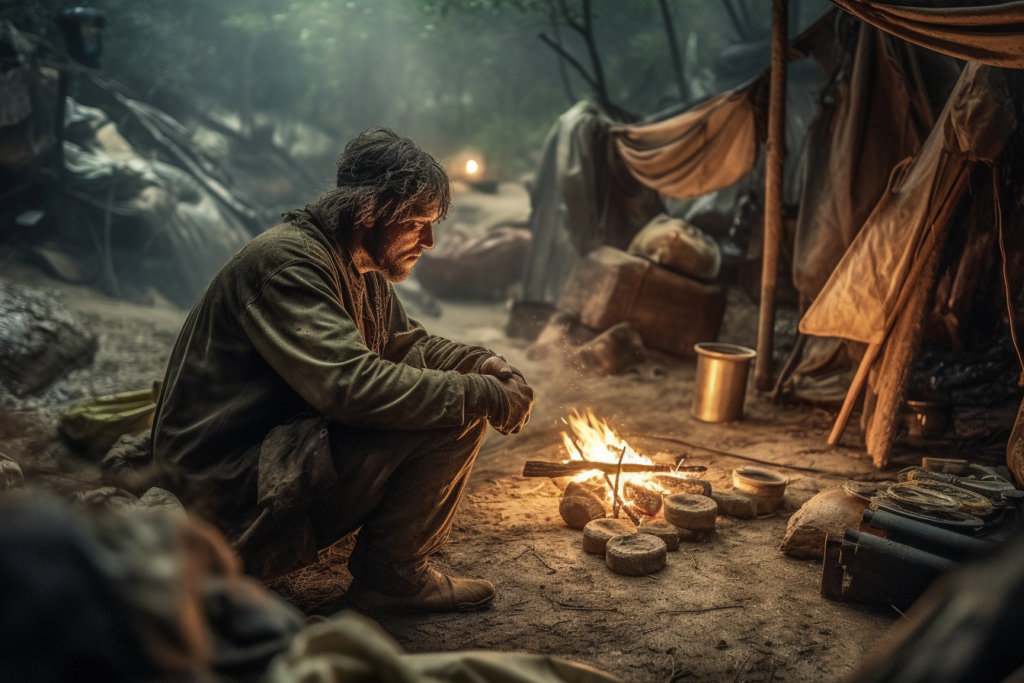
Our journey through survivalist techniques in post-apocalyptic fiction reveals not just strategies for enduring cataclysmic events, but also insights into human nature, resilience, and the power of community.
We invite you to delve deeper into these fascinating worlds. Share your favorite post-apocalyptic novel, discuss its survival strategies, and maybe even try out some practical survival skills inspired by these stories.
This blog post aims to be a thought-provoking and engaging exploration of survivalist techniques in post-apocalyptic literature, appealing to fans of the genre, survival enthusiasts, and anyone fascinated by the resilience of the human spirit. Finally for practical insights into surviving an apocalypse, consider reading Seven tips for surviving the apocalypse – The Conversation.
